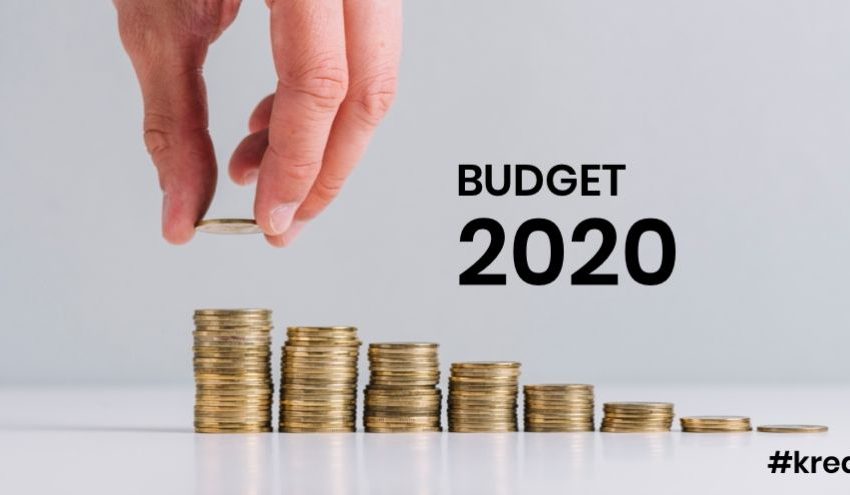
Union Budget 2020-2021: What India Expects
The primary focus in this year’s budget will be on improving the domestic demand. Read to know the need and expectations from Budget 2020.
The Finance Minister Nirmala Sitharaman is gearing up to present her second budget amidst a radical expectation on the domestic production. The mounting pressure is attributed to the downward economic growth of India to 4.8% for 2019-20 by the International Monetary Fund (IMF). The growth has been highlighted as India decelerated to a six-and-a-half-year low during the September quarter.
A significant factor that led to inflation in growth was the stress in the non-bank financial sector, complex norms around GST, lack of affordable access to capital, and unconvincing rural income growth. The growing inequality in India is a crucial indicator of the need for revival in budgetary allocation.
Demand Encouragement
A significant downside of the budget last time was the negligence in boosting domestic consumption. The ripples were felt with a severe economic slowdown. Middle and lower middle class faced a significant cash crunch and resulted in poor consumption and investment spending. These developments have been ringing the alarm bells for the current NDA government as the public waits with bated breath. A relaxation of income tax slab across income bracket can result in considerable savings for the salaried and motivate the market sentiment.
Reviving Investments
In a bid to push investments and raising expectations from investors, the inside information is that this Union Budget 2020 will bring out measures to achieve India’s $5 trillion economy vision. The first step towards this goal would be to create a balance between consumers and businesses. Signalling the move towards this direction was the announcement of a concessional tax regime promoting entrepreneurship in India.
Restoring The MSME Sector
While the MSME sector has made significant contributions to generate employment and overall growth of the nation, challenges in terms of accessibility and utilisation of formal credit have gone unnoticed. Although to revive morale and optimism of the MSME sector, the Modi-led government, introduced a series of interventions like the 59-minute loans, Pradhan Mantri Mudra Yojana, and other cash-flow support programmes, the sector still struggles with access to credit.
According to the data released by the RBI in 2019, MSME credit is just a small proportion of the total outstanding bank credit. Another report released by Transunion CIBIL and SIDBI has further revealed that credit growth in the MSME sector has been declining. The report also states that the overall NPA rate of lending rose 11.7% in September 2018 to 12.2% in September 2019.
As far as Budget 2020 is concerned, the government, as a step to provide a breather to this sector, must focus on creating a coherent, rational, and feasible policy to ensure seamless lending to the sector. Additionally, an enhanced support system that promotes Fintech companies to address the credit deficiency of the MSME sector must be actively encouraged.
The Bottomline
FM Sitharaman’s maiden budget, which was presented on July 5th, 2019, had adversely affected the market sentiment, pushing Sensex down over 5% in a month and dissolving/eroding Rs 10 lakh crore of investors’ riches. Market experts related the Sensex fall with a wistful push from FPIs and HNIs.
Ease of export standards, a chop down in the Income-tax structure, more allocation of budget in re-skilling and up-skilling are some of the key pointers that the government should emphasise on Budget 2020.
This year, the government should utilise this as a chance to introduce a budget that drives the economy – present a dream, a growth trajectory, how it intends to propel India to become an economic powerhouse, arm it to contend with the world financial giants.
